In our non-stop world, where being busy is often worn as a badge of honour, the concept of rest can seem quaint, almost obsolete. But what if I told you that rest is not just a pause from your daily hustle but a vital component of a well-rounded, productive life? Yes, enjoying different types of rest can rejuvenate our bodies and minds, enrich our personal and professional lives, and enhance our creativity.
The 7 types of rest
Dr. Saundra Dalton-Smith, in her insightful book “Sacred Rest,” identifies seven types of rest that are essential for an optimal life. Let’s explore each one and discover how tapping into these can change our lives:
Physical Rest
This includes both passive rest, like sleeping and napping, and active rest, such as yoga, stretching, and massage therapy. After a long week of meeting deadlines and running errands, sinking into your couch for a nap or attending a gentle yoga class can do wonders for your body, reducing stress and inflammation and boosting your energy levels.
 Mental Rest
Mental Rest
Ever felt mentally exhausted after a day of decision-making or learning? Mental rest is crucial to clear the day’s clutter. This can be as simple as taking short breaks every two hours to detach from work, meditating, or even just sitting quietly for a few minutes to clear your mind. For instance, stepping outside for a quiet walk can help reset your mental state after a heavy brainstorming session at work.
Sensory Rest
In our world full of screens and noise, our senses often get overloaded. Sensory rest could mean stepping away from screens, dimming the lights, closing your eyes for a few minutes during the day, or even getting into nature, where the landscape soothes rather than stimulates. Consider the calmness you feel when you turn off your phone and other devices an hour before bedtime—it’s a simple practice that significantly cuts down sensory input.
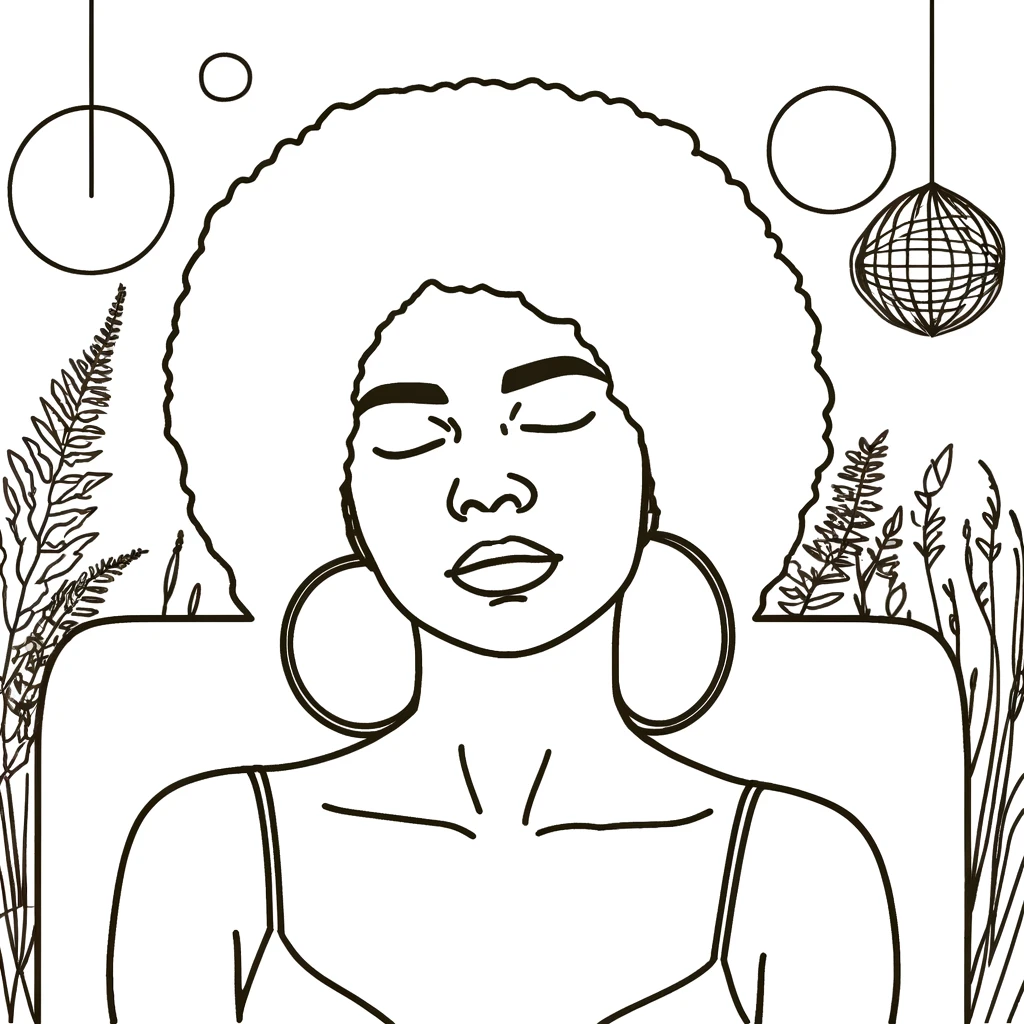
Creative Rest
This type of rest is vital for anyone who needs to solve problems or come up with new ideas. Creative rest rejuvenates your creative juices and can be found in activities that awaken your awe and wonder—spending time in nature, appreciating art, or listening to inspiring music. Imagine visiting an art gallery during your lunch break or listening to a powerful piece of music; these activities can reinvigorate your creative thinking.
Emotional Rest
It involves the ability to express feelings and thoughts openly and safely. Emotional rest requires authenticity and the courage to be vulnerable about what you need. A coffee catch-up where you share your worries with a trusted friend can provide the emotional rest needed to feel heard and supported.
Social Rest
This means surrounding yourself with people who uplift rather than drain you. It might involve distancing yourself from those who sap your emotional energy and spending more time with those who appreciate and energize you. Attending a casual, laughter-filled dinner with close friends can be incredibly rejuvenating compared to a high-tension networking event.

Spiritual Rest
This allows us to feel a deeper sense of belonging, love, acceptance, and purpose. It can be achieved through meditation, prayer, community involvement, or personal faith practices. Participating in community service or attending a quiet retreat can fulfil the need for spiritual connection and reflection.
 Why embrace diverse rests?
Why embrace diverse rests?
Embracing these different types of rest can lead to a more balanced, fulfilling life. It can improve our relationships, work output, and overall wellbeing. Each type contributes to making us feel whole and integrated.
How to incorporate rest into your busy life
- Assess Your Needs: Identify which types of rest you are lacking. It might be more than one.
- Make It a Priority: Schedule rest as you would any important activity; make it non-negotiable.
- Create a Restful Environment: Designate a space in your home for quiet time, free from digital distractions.
- Communicate Your Needs: Be open with friends, family, and co-workers about your need for rest. They’ll understand and respect your boundaries more when you do.
- Listen to Your Body: Your body knows best. Pay attention to signs of fatigue, irritability, or being overwhelmed as cues for when you need to rest.
While rest may seem counterintuitive when there are deadlines to meet and errands to run, it is essential to our physical, mental, and emotional health. Recognizing and incorporating different types of rest into our routines can improve our productivity, enhance our creativity, and invite more joy and peace into our lives. So tonight, instead of binge-watching that latest series, consider what type of rest you truly need and take a deliberate step towards a more rested, vibrant you.


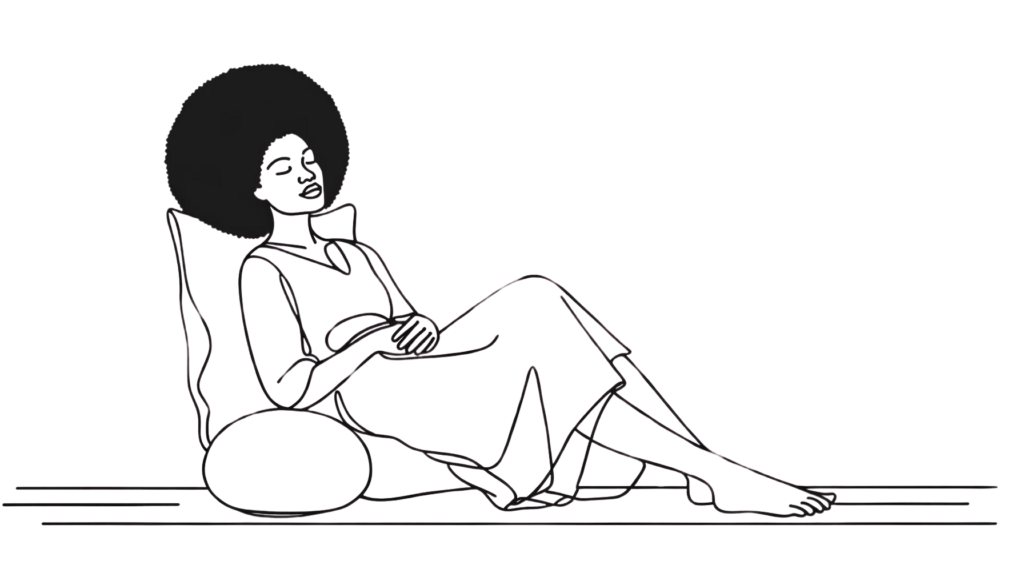 Mental Rest
Mental Rest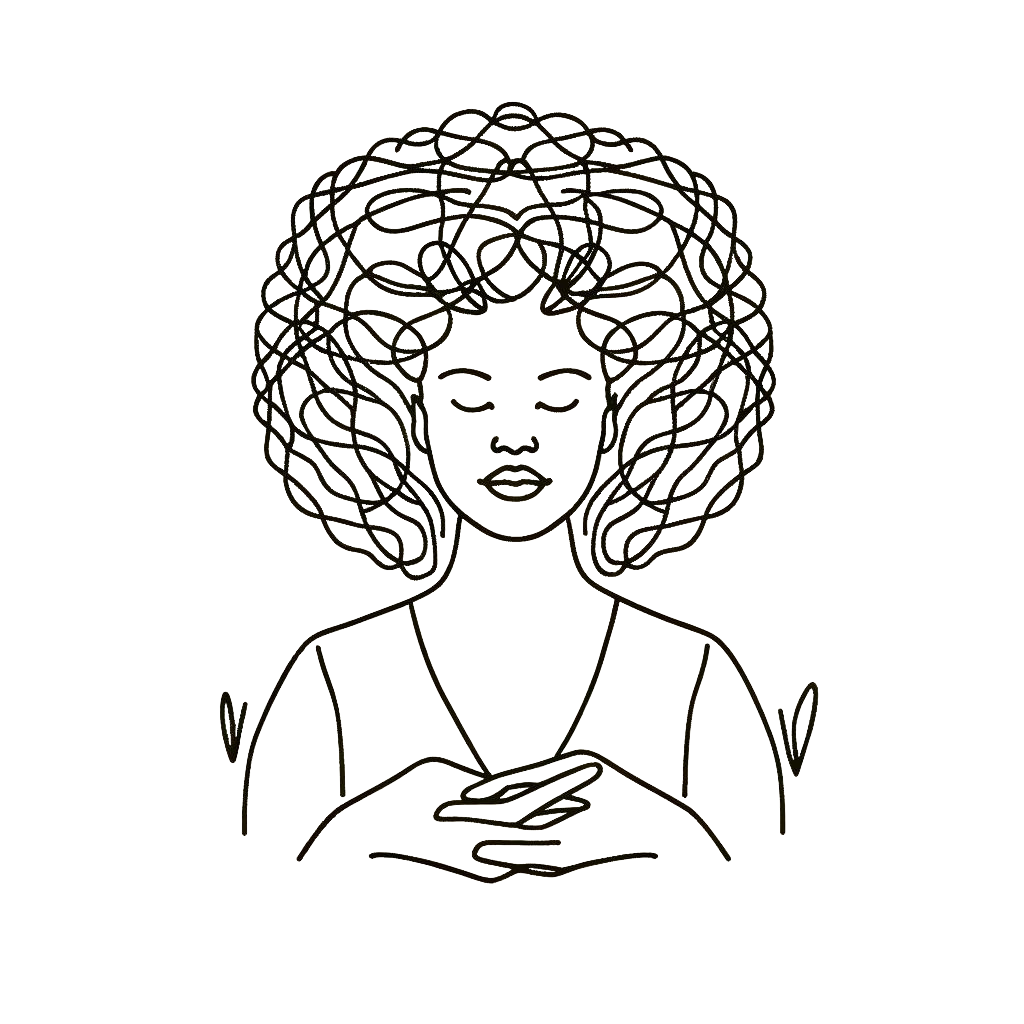
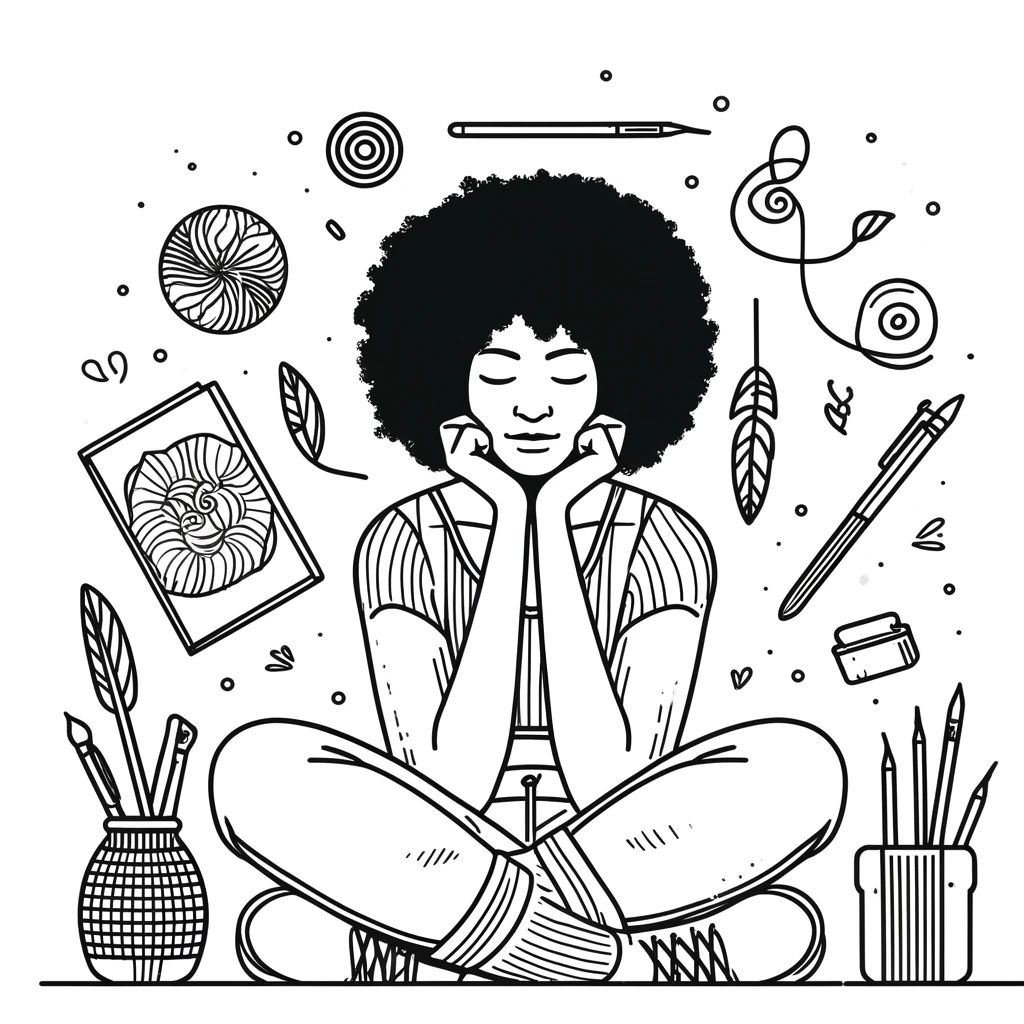
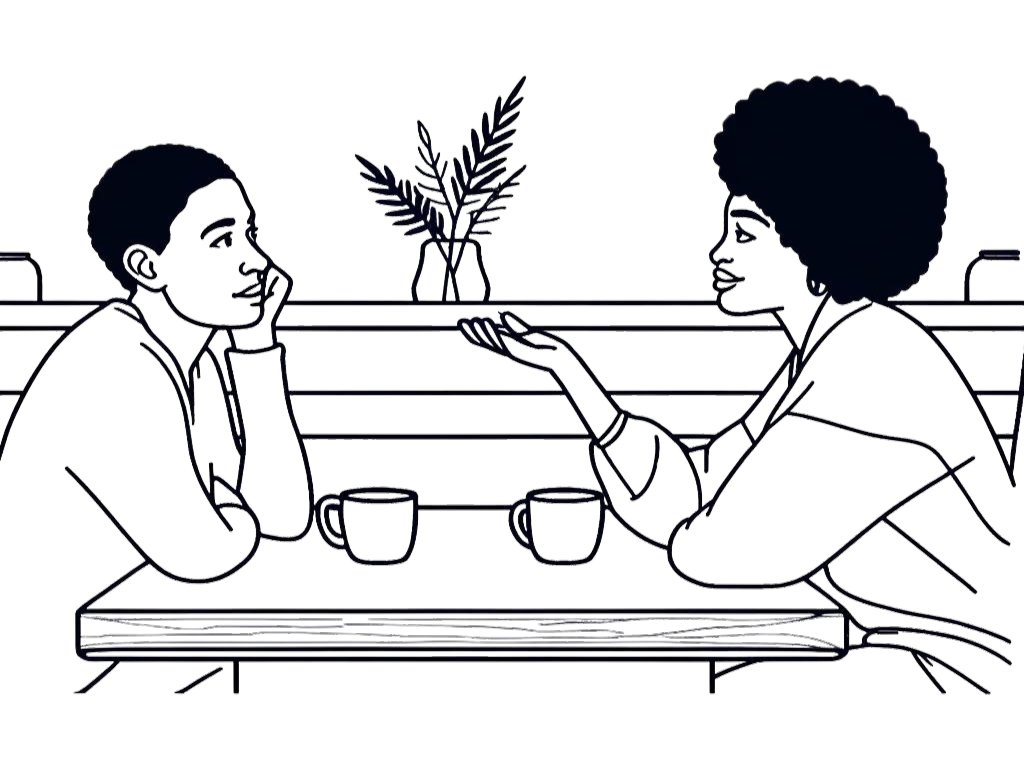
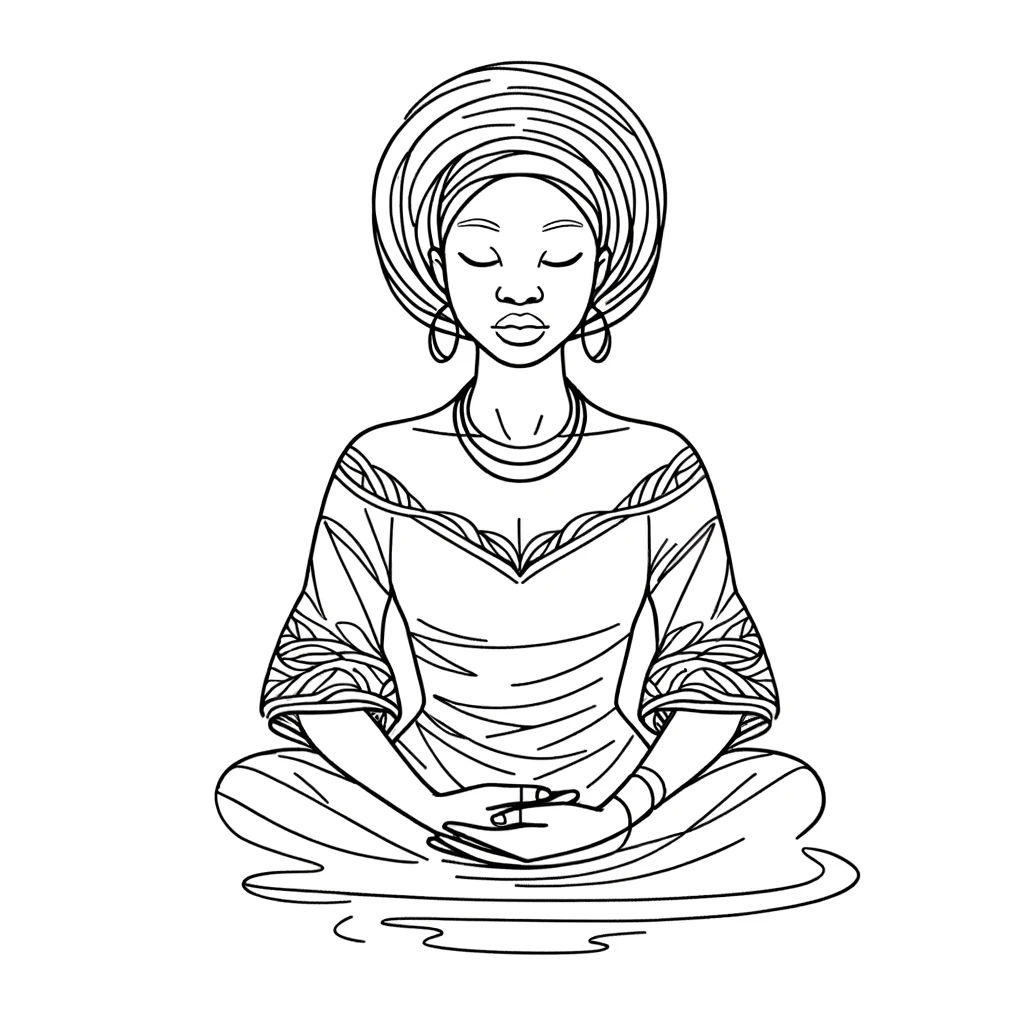 Why embrace diverse rests?
Why embrace diverse rests?